Ready to start eating better? Start with these five ancient grains you can easily swap into your meals and start creating rich, flavorful and hearty meals today.
Ancient grains are the new superfood popping up in supermarkets everywhere, but because we are not familiar with them we might not always know how to use them.
Thanks to their popularity with individuals that have food sensitivity, these super healthy grains are taking the spotlight in menus, dishes and cookbooks, showing us just how easy it is to use them. There is no need to revamp your entire meal plan or come up with whole new dishes that you worry the kids won’t even give a chance. Instead, swap ancient grains into your meal plan and start creating rich, flavorful and hearty meals right away.
Here are a few of the ancient grains that can easily be added to your existing meal plan and a little about what each has to offer.
Amaranth
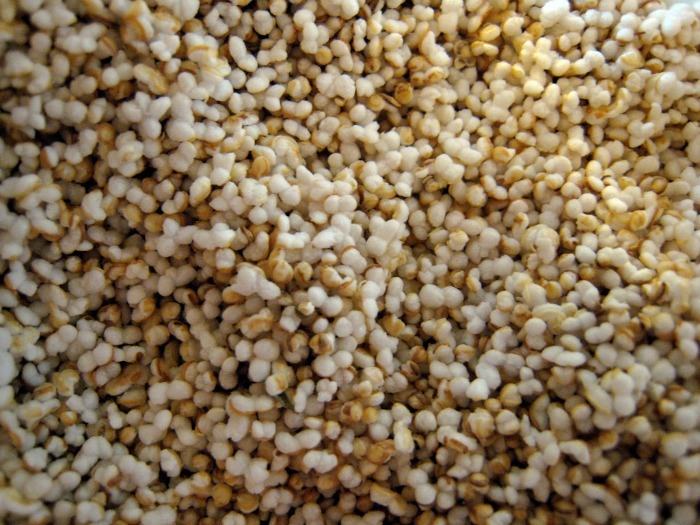
Popped amaranth by John Lambert Pearson on Flickr
Amaranth was almost lost to us after a colonial campaign to have it eradicated from peasant fields. Thankfully that did not happen and the ancient grain is being cultivated once again for us to enjoy. This tiny grain is gluten free, creates a nutty flavor and is an excellent source of calcium and iron. Amaranth can be added to, or entirely replace the oats in oatmeal and tastes great with maple syrup. Toss amaranth into soups, stock and stir fry for a burst of flavor or enjoy it as a snack and pop the same way you would popcorn kernels.
Buy on Amazon: Bob’s Red Mill Organic Amaranth Grain, 24 oz
Millet
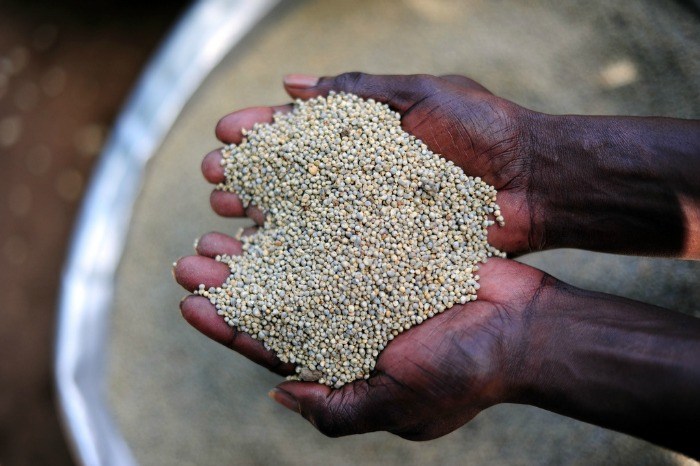
Millet. Photo by CIAT on Flickr
Turns out many of us have removed millet from the dinner table and been giving the best to the birds. Millet is a gluten free seed packed with fiber and protein, making it a great choice for vegetarians needing to add more protein to their diets. Millet is a great replacement for rice and pasta in casseroles and stir-fry, can be baked into bread, pancakes and muffins and keeps soups and chilis hearty.
Buy on Amazo: Bob’s Red Mill Hulled Millet Gluten Free — 28 oz
Kamut
Kamut is an ancient grain that is perfect for replacing wheat, and since it has a higher amount of protein than wheat, it’s a smart swap. Depending on how you plan on using kamut, there might be a little extra prep involved, but it is not labor intensive and only requires soaking. The slightly sweeter taste of kamut means it is perfect for baking breads, adding to warm and cold salads and pairing with beans in soups and salad.
Buy on Amazon: Kamut, 5 Lb Bag Certified Organic Non-GMO Whole-grain
Quinoa
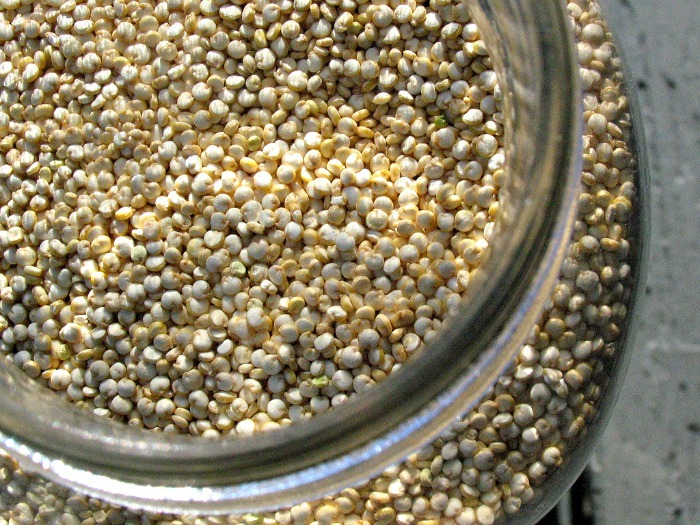
Quinoa. Image via nerissa’s ring on Flickr
Almost everyone is familiar with quinoa already, even if they have yet to try it. Its high levels of protein and easy prep make it the ancient grain of choice. Also gluten free, quinoa can be used to replace gluten ingredients in almost any recipe it is used in. Eat alone as a rice or pasta, or add it to casseroles, bread, salads, soup, sandwiches, stew and stir-fry. Just make sure to remove their outer coating entirely to avoid changing the taste of your favorite dishes too much.
Buy on Amazon: Bob’s Red Mill Grain Quinoa Organic, 26-ounces
Spelt
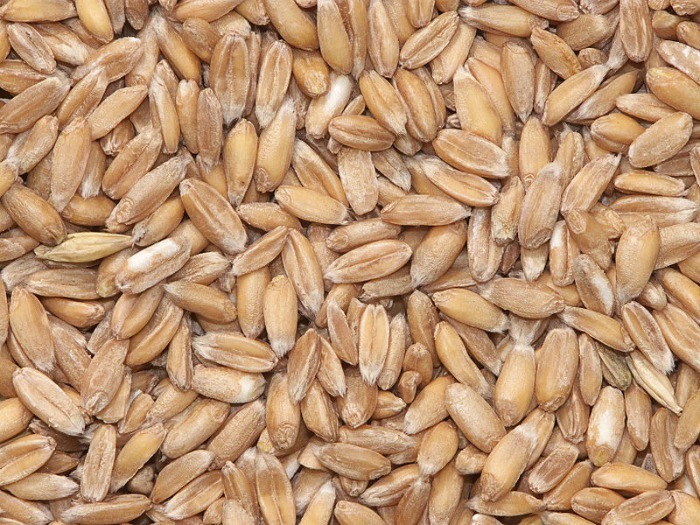
Spelt grains. Image courtesy Wikimedia Commons
Spelt has been used in place of wheat for a long time, but it is not gluten free so it has not grown in popularity as much as some of the other ancient grains we are seeing. Spelt is the perfect base to make pasta, bread, cereal, crackers and even cookies from.
Buy it on Amazon: Bob’s Red Mill Organic Spelt Berries, 24-Ounce (Pack of 4, 24-ounce – total of 96-ounce)

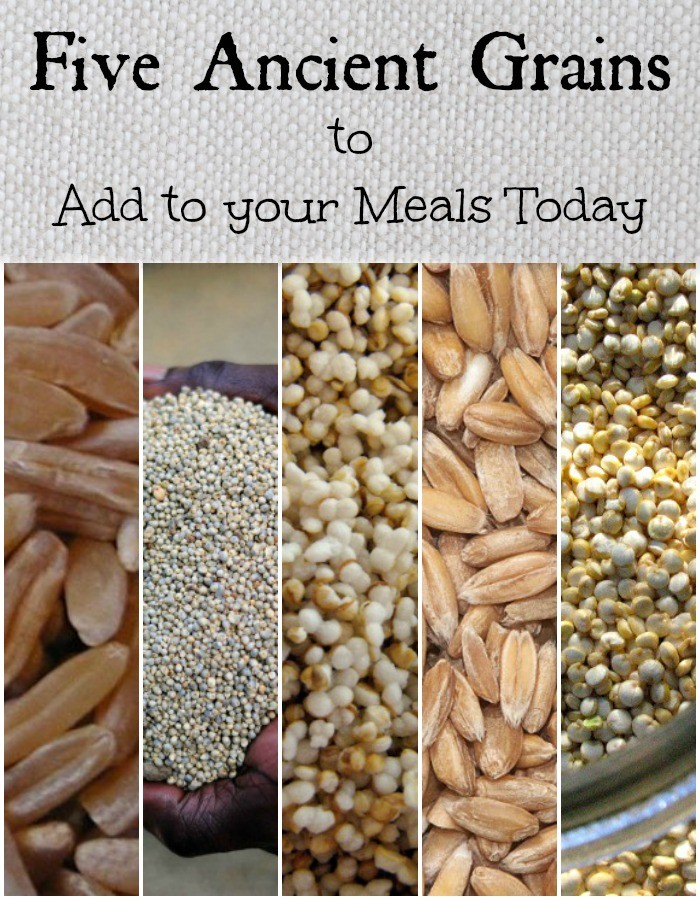
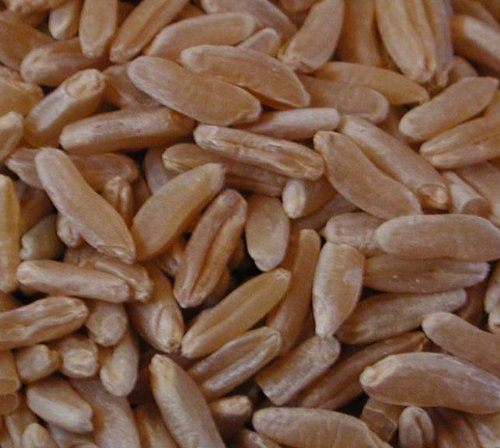
4 comments
I have been wanting to try quinoa. Maybe I will be brave enough to try to cook it.
Definitely give it a try! It’s easy to cook, and you can just substitute it in almost any recipe. I like to sneak a cup or two in a regular macaroni and cheese – the kids don’t even notice.
I love adding a lot of protein…I never knew about Millet! I’ll keep these in mind for sure!
I love Kamut and Spelt. They are so chewy and taste great with spinach and cheese